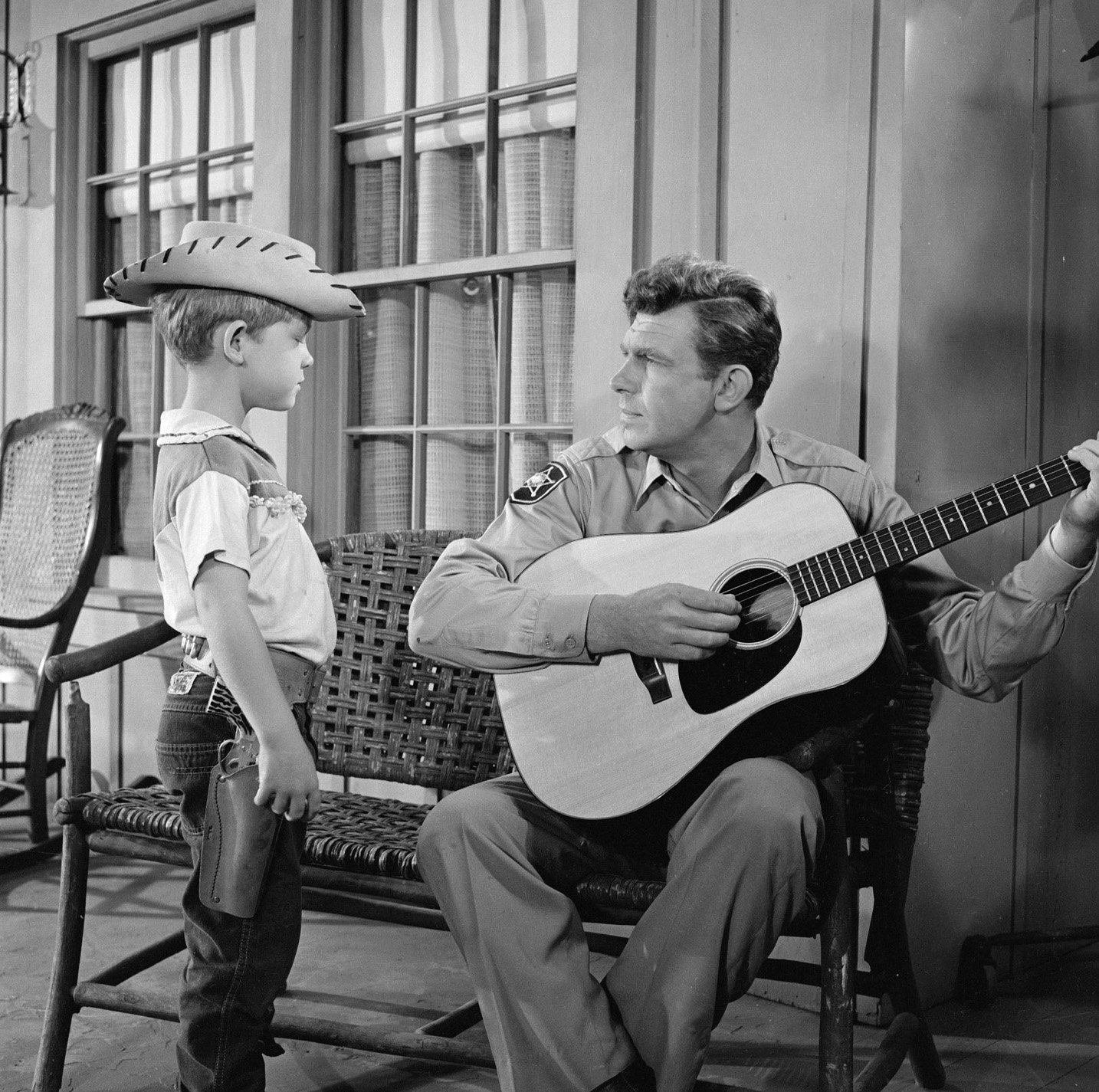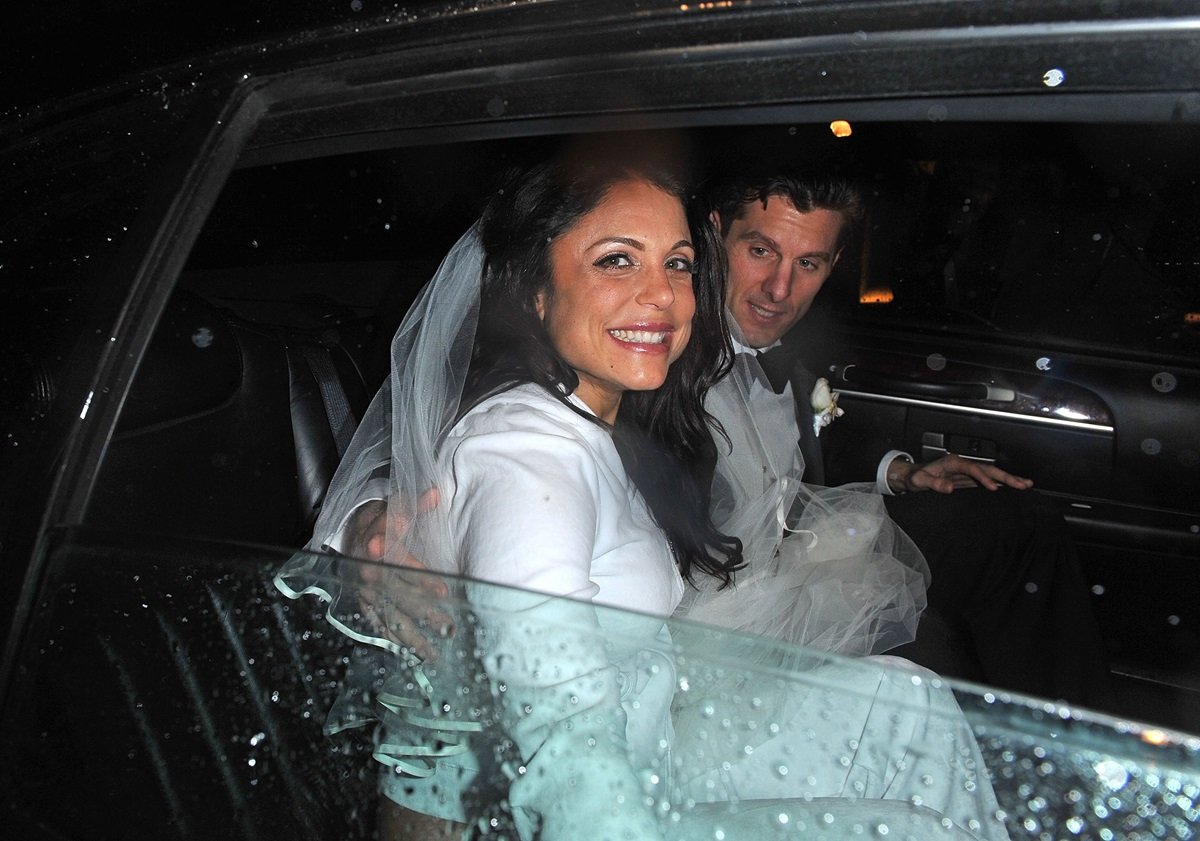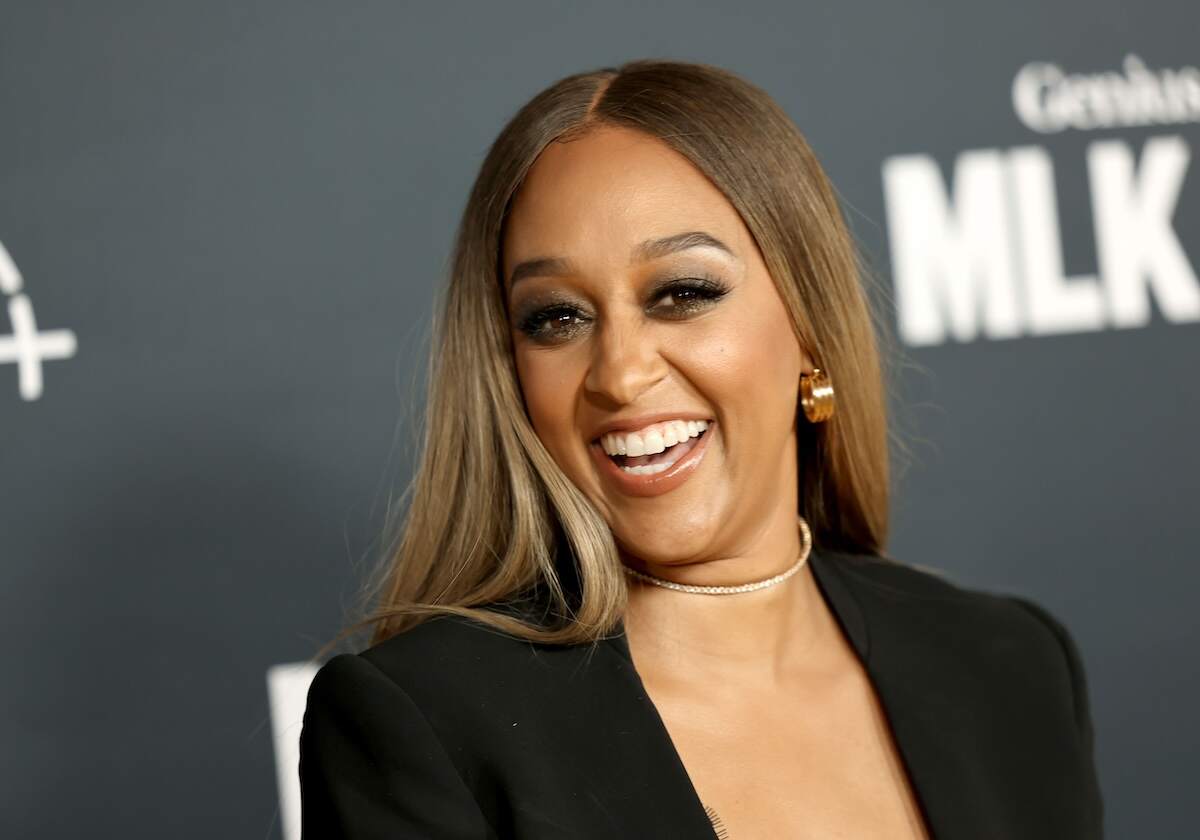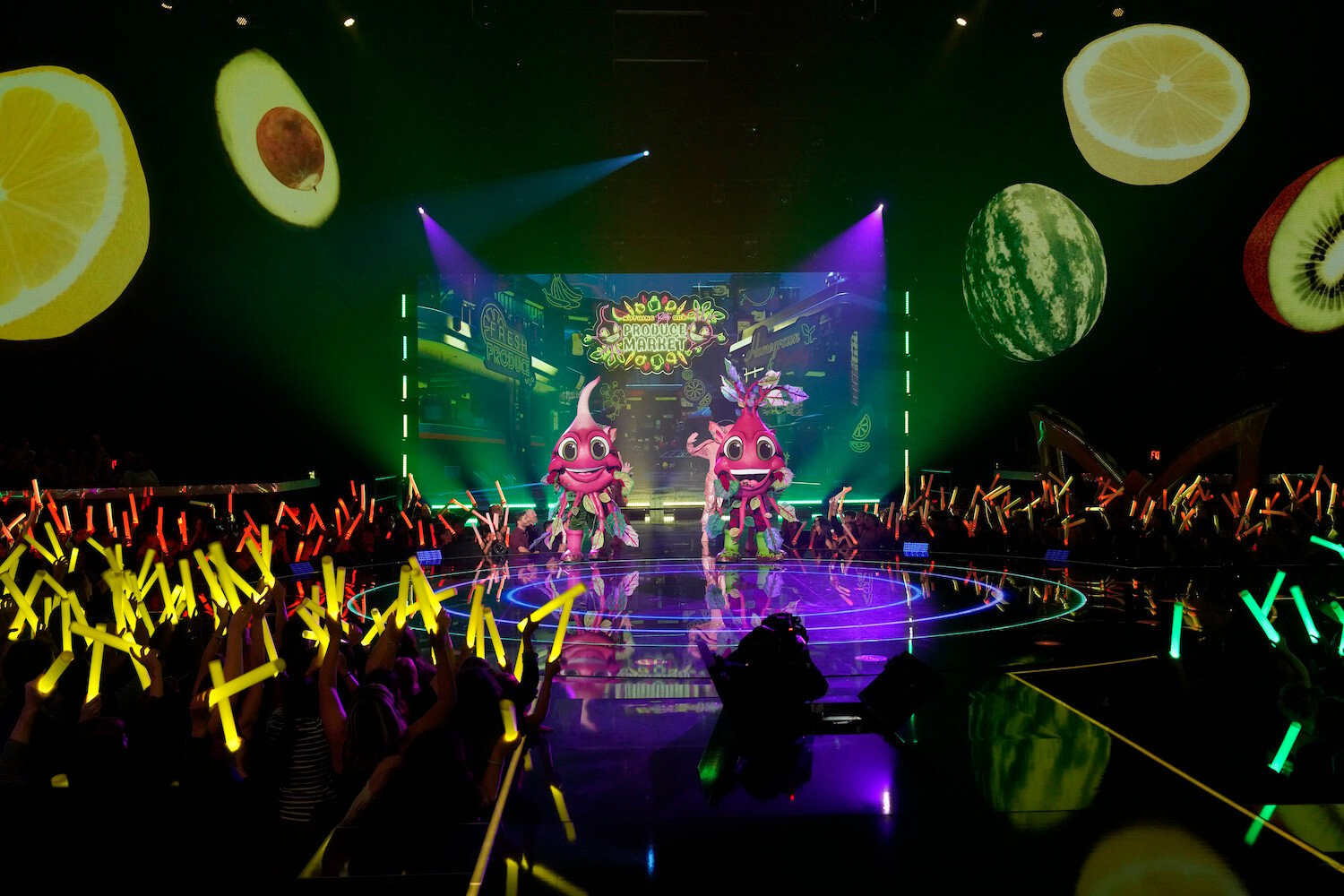Andy Griffith Show Refused to Have a Three-Camera Format on His Show: ‘The Audience Is What Creates the Problem’
Legendary actor Andy Griffith wasn’t just the star of his eponymous television comedy; he had a good bit of control over the goings-on in front of and behind the camera.
For Griffith, the sitcom’s quality and performance hinged on its remaining a single-camera production, a condition he insisted on throughout the show’s eight-season run.

‘The Andy Griffith Show’ shot its pilot episode with 3 cameras in front of a live audience
While the classic comedy series may have been a one-camera show, its pilot, which appeared on The Danny Thomas Show, was not. It was received so well, that Griffith was offered his own show on CBS to premiere in the fall of 1960.
It was on Thomas’ show that Griffith witnessed how a multi-camera setup worked, and he didn’t like what he saw. Specifically, he didn’t like the stress that he felt came with the process.
He spoke with the Thomas Show‘s director (and Andy Griffith Show creator) Sheldon Leonard about it, as he explained to the Television Academy Foundation (TAF).
“I asked [Leonard] if I could talk to him at the end of the day,” Griffith recalled of the chaotic set on Thomas’ show. “And I said, ‘If this is what television is, I don’t think I can handle it.’
“And he said, ‘Andy, the star dictates what the attitude will be on the set.’ He said, ‘Danny likes to yell, so we all yell. If you don’t want to yell, nobody will yell.’ That’s the way it was.”
The only 3-camera show Andy Griffith felt was successful
The Andy Griffith Show book author Richard Kelly quoted Griffith on the importance of the camera setup on the show.
“Three-camera people on a half-hour show … shoot it as you do a play — two times, a dress rehearsal, and then air,” Griffith told the author. “And then if the dress rehearsal doesn’t go well, they punch it up with more jokes. I hate that.”
The Matlock star did praise one television comedy for its work despite its multi-camera format.
“Most of the stuff you see on the air today is three-camera,” he continued. “It’s taped but it’s three-camera. … With that, you must have jokes every so often, every few minutes. Mary Tyler Moore was able to somehow do that and do beautiful character comedy. Most of those three-camera shows don’t have character comedy at all. … The audience is what creates the problem. You must entertain that little handful of people.
“When you shoot with one camera, you have no audience, so you have character comedy. I prefer that.”
Griffith’s dedication to character development resulted in great television that has remained relevant for generations of viewers
The Andy Griffith Show might have ended its run on CBS in 1968 but it’s still popular over 60 years after its debut. That’s thanks in part to its rich characters that the actor, who died in 2012, said the one-camera approach allowed them to focus on.
“We didn’t need an audience. I hate those three-camera shows with an audience,” Griffith admitted in his conversation with TAF. “You can work on the values all week, and the minute you bring two hundred people in, all your values go right out the window.
“With one camera, you don’t have to do that,” Griffith told PBS. “We don’t have an audience. So, Don [Knotts] and I could do these little quiet scenes or me and Ronny or me and Aunt Bee or Floyd the Barber, any of us, we could do these long, little, nice scenes without having to go for a joke. Some of them didn’t have any jokes at all, some of them did.”



